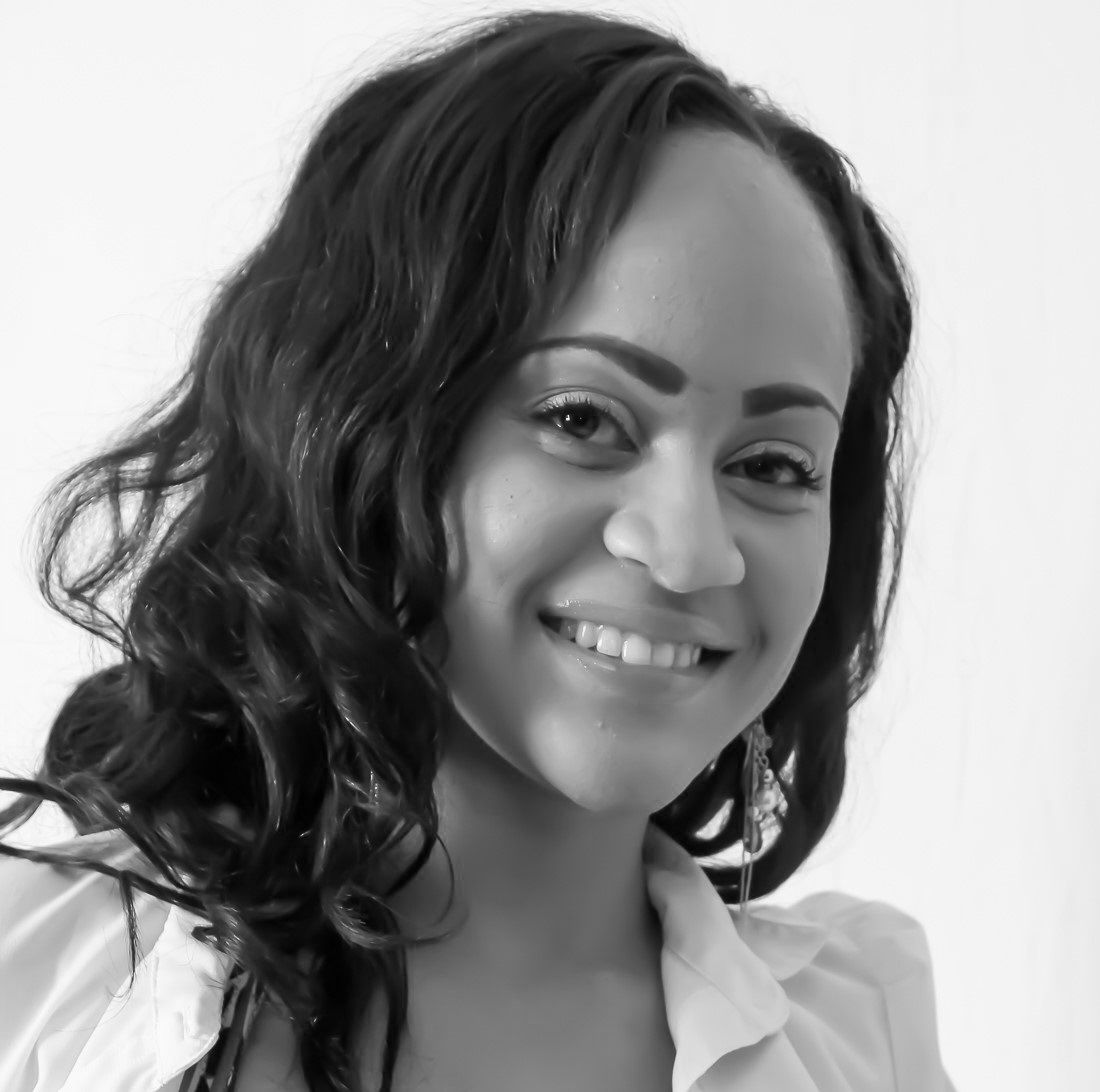From Trials To Triumphs: Unveiling The Fascinating History Of Jamaica
Knowing the history of a destination can truly enhance your perspective when you finally arrive and witness it firsthand. This is especially so for Caribbean destinations like Jamaica, which has quite a fascinating history. Renowned as one of the best vacation destinations worldwide, there’s quite a lot to discover about this island. While in Jamaica, you can start your historical exploration by learning details of the early settlers and navigate right on through to the roots of its distinctive cultural heritage.
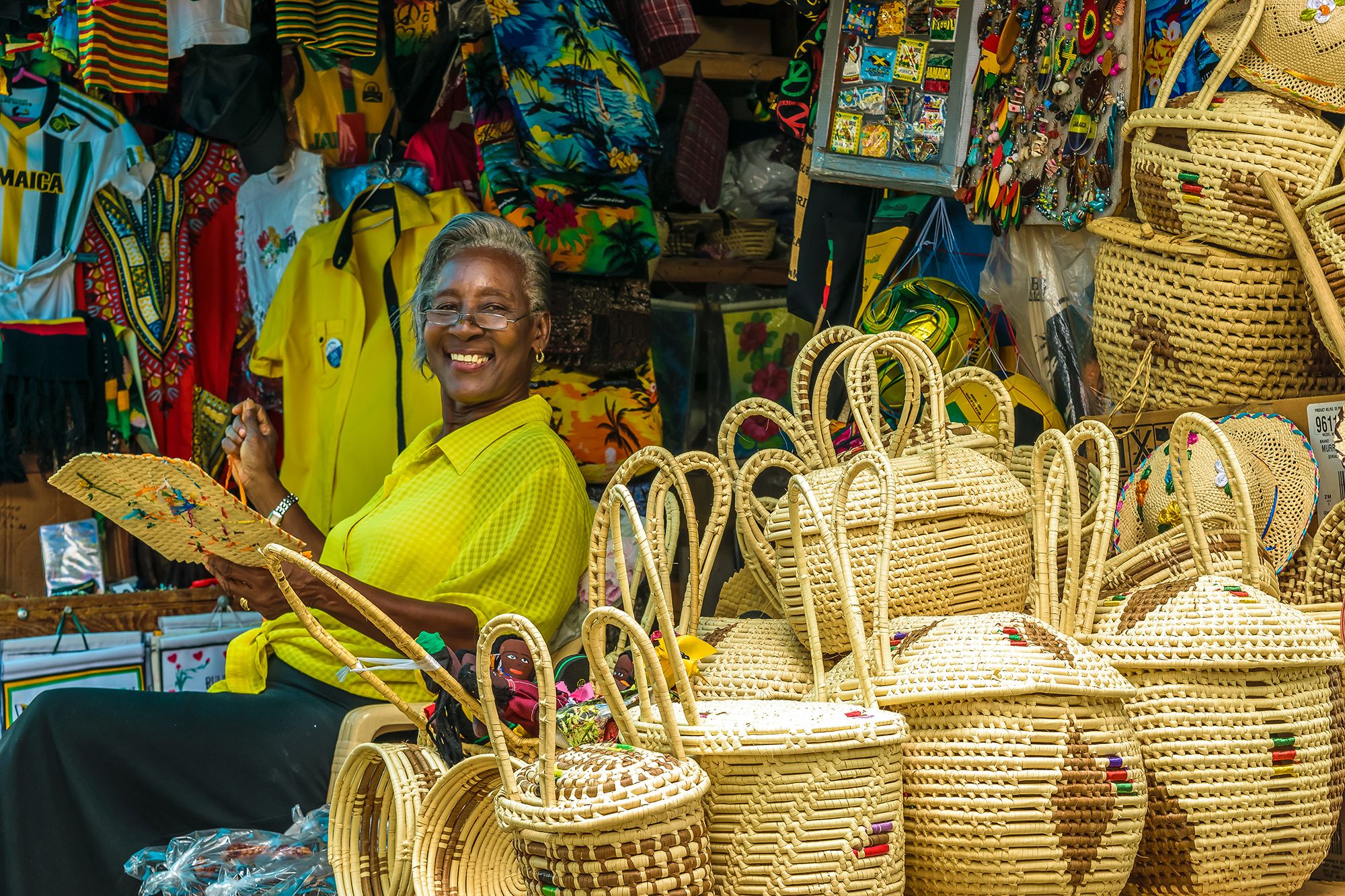
Whether or not you’ve been to this island before, there will certainly always be something new to learn. Ahead of your vacation, here’s what you need to know about Jamaica and its intriguing history:
Expert tip: Prepping for a family vacation? These Jamaica travel tips, dos and don'ts will help get you all set for your amazing adventure!
Discovery of Jamaica: The Tainos and the Spaniards
Jamaica today is a multi-cultural melting pot and this is something that developed over an extended period of time. Reeling back to the discovery of this nation and before the cultural mixing began is a familiar name in history: Christopher Columbus. This well-known explorer is said to have first arrived in Jamaica in May 1494, however, history notes that the island had already been inhabited at the time by the Tainos, also known as the Arawaks.
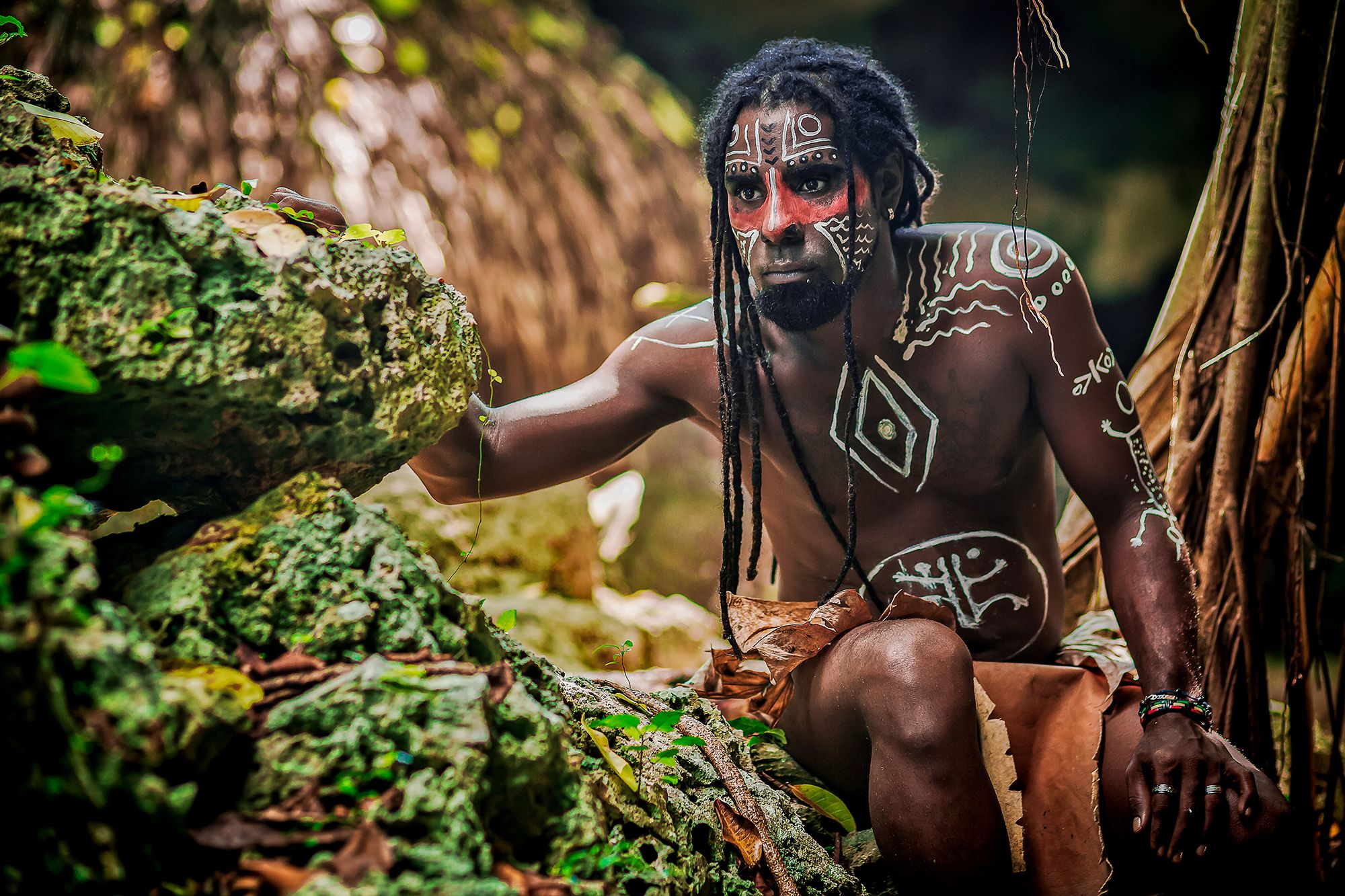
The Tainos, skilled farmers and fishermen, established thriving settlements across the island. These American-Indian people were known to be quiet and gentle and named Jamaica, “Xaymaca,” which means “land of wood and water.” They had a rich culture, with intricate pottery, vibrant artwork, and advanced agricultural techniques. It is also believed that the Tainos used the Green Grotto Caves and other limestone cave systems in Jamaica as dwellings, leaving behind rock art and cave paintings that remain visible in the stone today. Unfortunately for these early settlers, their peaceful existence was disrupted when Spanish explorers arrived in the late 15th century.
Columbus and his crew wasted no time laying claim to the island. The Spaniards came soon after and are said to have tortured and killed the Arawaks in an effort to take over the land. Some of the Spaniards settled in Jamaica and used the island as a supply base. This base would house food, arms, horses, and also men and it played a significant role in attempts to conquer the American mainland.
Roughly 15 years after this, in 1509, Spanish colonists arrived on the island. They were the first from this nation and came under the orders of Spanish Governor Juan de Esquivel. These colonists made a home for themselves in the St. Ann’s Bay area in Jamaica. The first town established in this area was known as New Seville or Sevilla la Nueva. During this time in Jamaican history, towns were simply settlements. There was only one developed town, which was Spanish Town, previously the capital of Jamaica. Spanish Town had formerly been known as St. Jago de la Vega and it was the place where one would go for governmental or trade business. There were many churches and convents in this area.
Within many of the small Jamaican towns, there would often be internal strife. The area had a history of pirate attacks, which were quite common during this time, and this is said to have contributed to the weakening of the colony in its final years.
Expert tip: Want to find out more about the Taino Indians while in Jamaica? Konoko Falls, a bebeautiful waterfall on the island, has an extensive museum dedicated to these indigenous people.
The Maroons are another group that is significant to Jamaican history. These individuals were none other than the freed slaves of the Spaniards and the descendants of these slaves. The Spaniards freed their slaves after surrendering to the English just after a successful attack led by Admiral William Penn and General Robert Venables on May 10, 1655. After this attack, the Spaniards made haste to escape to nearby Cuba.
We’ll get back to the Maroons in a bit, but for now, let's zero in on what else was going on in Jamaica after the defeat of the Spaniards.
Under English Rule, slavery and sugar cultivation were the main trades in Jamaica. This added tremendous wealth to the new English planters. The island became a valuable British colony due to its fertile lands and suitable climate for sugarcane cultivation. Large-scale sugar plantations were established, and the Transatlantic Slave Trade brought a significant influx of enslaved Africans to work on these plantations. The plantation economy shaped Jamaica's social structure, with a small wealthy elite and a large enslaved labor force.
The pirate era was taking off at this time as well and ships belonging to Spain and France carrying treasures were the main target. One of the well-known buccaneers around this time was Henry Morgan from Wales. He was a young indentured laborer who rose up the ranks to become Lieutenant Governor. Morgan and other pirates of this era used Port Royal as their home base, and this town quickly became known as the “richest and wickedest city in Christendom.” Port Royal was destroyed by an earthquake in 1692. So devastating was this quake that the city sank beneath the sea. If you visit Jamaica, you can still see what’s left of Port Royal as you explore the island.
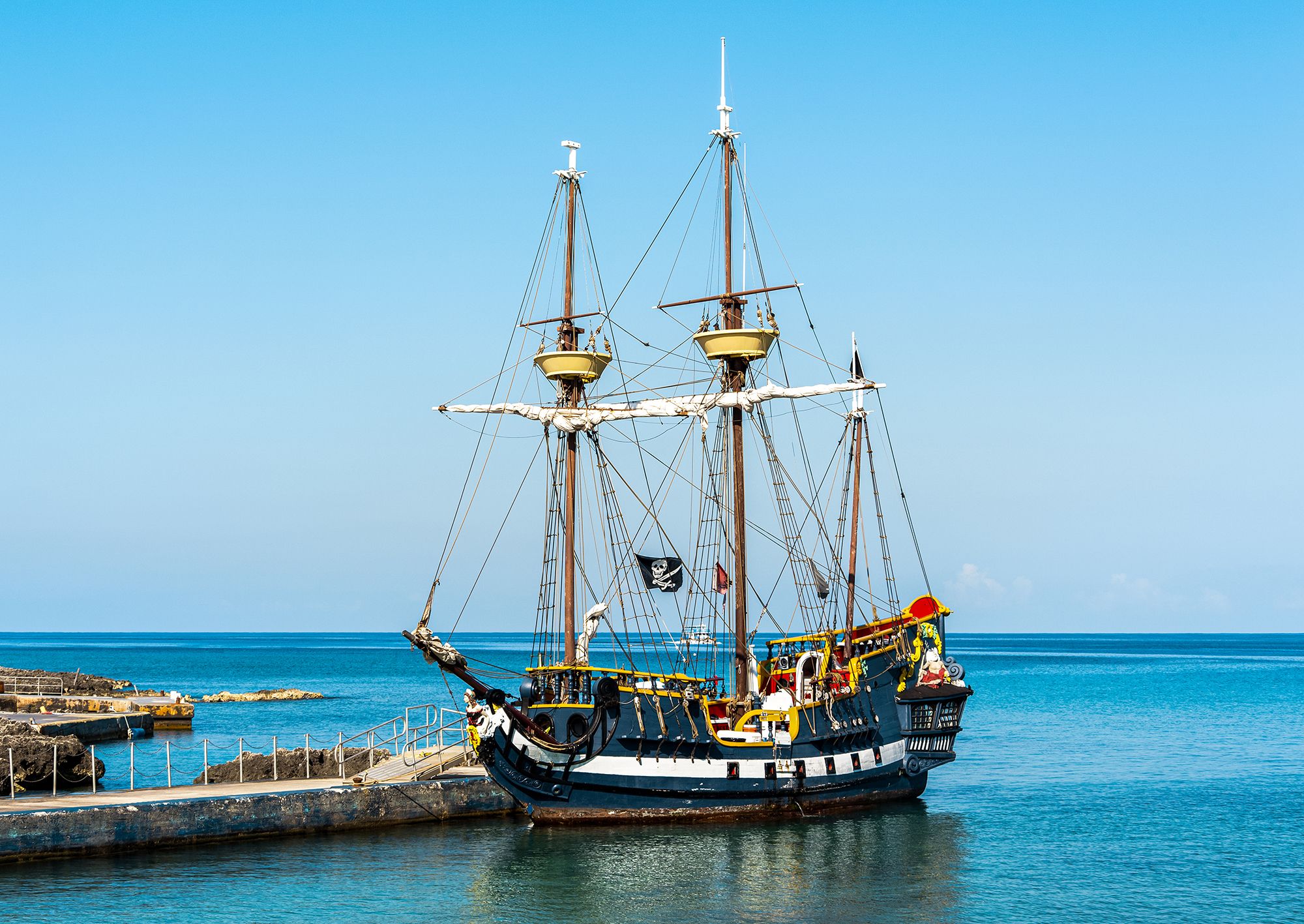
Now back to the Maroons … This first set of these freed slaves who previously served the Spaniards were eventually joined by other slaves who escaped from the English. The Maroons were a force to be reckoned with. During the era of slavery, Jamaica witnessed remarkable resistance from these formerly enslaved Africans. The Maroons formed communities in the rugged interior of the island and waged guerrilla warfare against the British forces. They challenged colonial authority and fought for their freedom. The Maroon communities, such as Accompong and Nanny Town, became symbols of resistance and resilience in the face of oppression. The group had so much success that the English eventually had no other choice but to sign a peace treaty that granted them self-government. They also officially gave the Maroons the mountain lands where they lived.
On January 6th of every year from that point onward, the Maroons celebrated their victory — this was the auspicious date when the peace treaty was signed. If you go to Jamaica around this time of year, you can visit the sacred lands to take part in the lively song and dance as the celebrations live on.
Good to know: Want to know more about Jamaica’s pirate-ridden history? Check out our post on the real-life pirates of the Caribbean!
The abolition of slavery in Jamaica
Jamaica, like many Caribbean nations, has an extensive colonial history. These long and hard years came to an end on January 1, 1808, when the Abolition Bill was passed. This meant that trading African slaves became “utterly abolished, prohibited and declared to be unlawful”. However, it still took a few more years for full freedom to be granted to these slaves. Emancipation and apprenticeship came into effect in 1834, making way for a full grant of freedom in 1838.
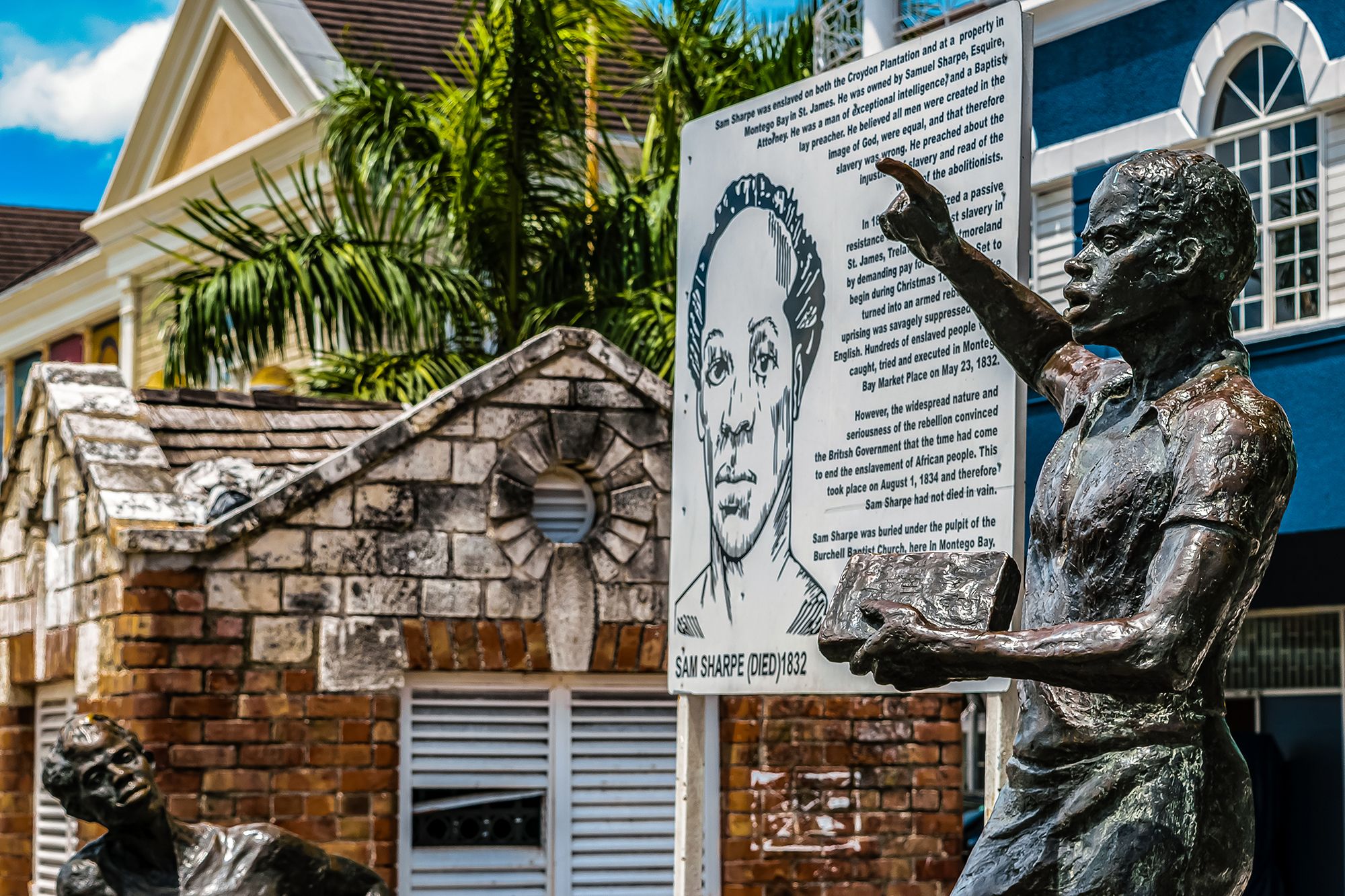
It was not all smooth sailing after emancipation. There was economic chaos for quite some time after that. With the end of the plantation system, formerly enslaved individuals sought to establish independent livelihoods. The post-emancipation era was marked by the growth of a free black middle class, the rise of small-scale agriculture, and the emergence of Jamaica's unique cultural expressions, including reggae music and Rastafarianism. The legacy of slavery and the struggle for freedom continued to shape Jamaica's social, political, and cultural landscape in the years to come.
One of the most significant events during this time was the Morant Bay Rebellion of 1865. This was an uprising led by Paul Bogle, a black Baptist deacon. This move was supported by wealthy Kingston businessman, George William Gordon. Edward John Eyre, Jamaica’s Governor at the time, took quick steps to suppress and eventually quell the unrest. This was done with the help of the Jamaican militia and support from British troops. The measures used by Eyre were criticized as being harsh and excessive, with talk of serious human rights violations at the center of the controversy. Eyre was subsequently recalled to Britain where a public inquiry was made. He was later exonerated.
After the Morant Bay Rebellion, there were significant changes to local government in Jamaica and much more scrutiny was directed to colonial administration policies. Most notably, the island’s previous constitution was replaced by the Crown Colony system. Though these events certainly rocked the island, Jamaica came into its own after this as the recovery got underway in areas including social, economic, and constitutional. This was the pivotal moment when Jamaica evolved into a sovereign state.
The evolution into modern-day Jamaica
In the years that followed, many migrants from India and China made their way to Jamaica. They served as indentured laborers at sugar estates, but quickly left to pursue other occupations. Jewish settlers were the next to come, followed by migrant traders from the Middle East. All of these groups contributed to the diverse mix of people that make up this island’s population today.
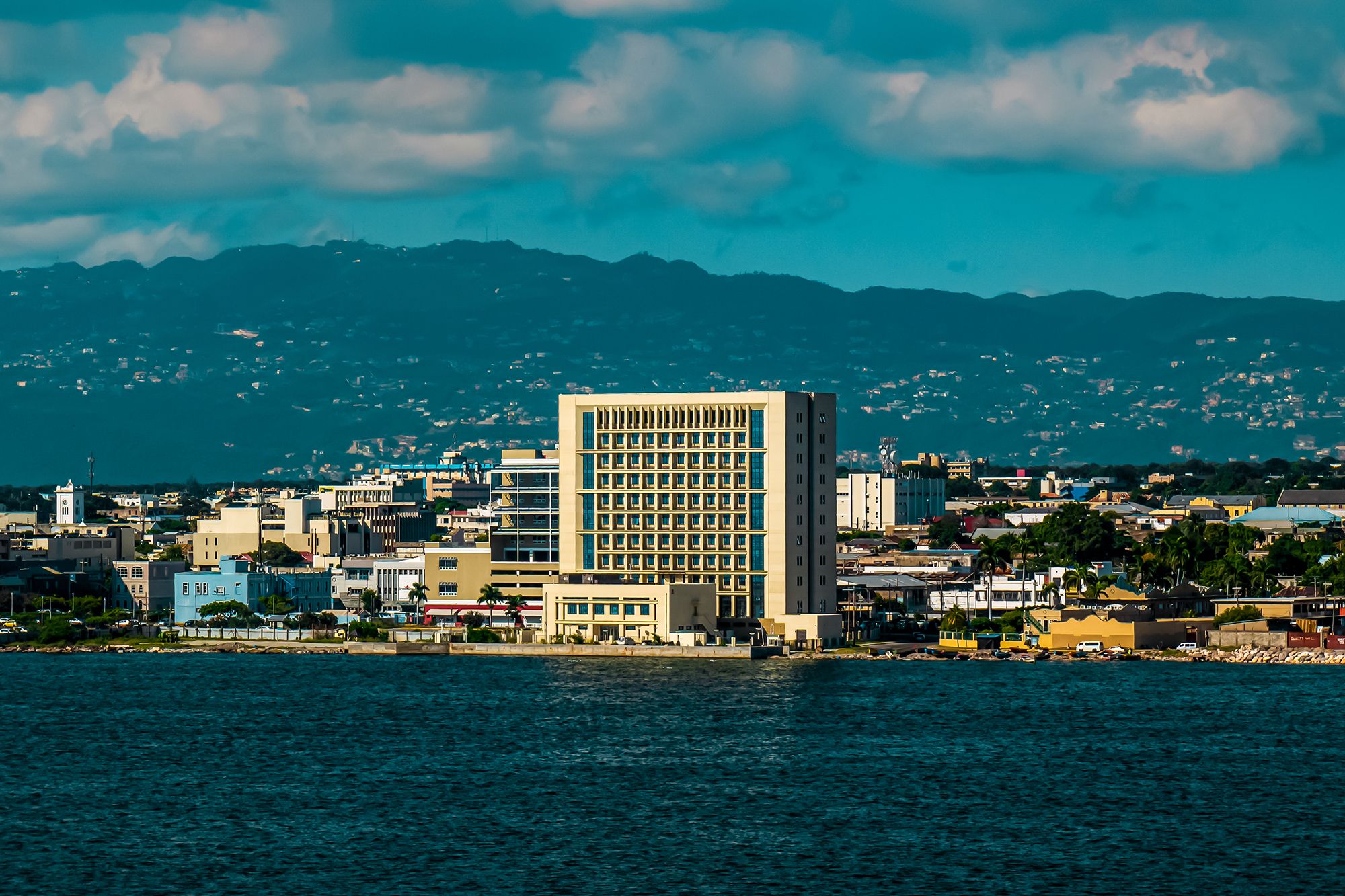
Jamaica continued to be modernized over time and areas including education, health, and social services were upgraded. The island’s infrastructure was enhanced with roads, bridges, and railways being built. Jamaica’s railways became government owned in 1845. Cable communication was established with Europe in 1859, banking systems were established, and most notably, Kingston replaced Spanish Town as the capital in 1872.
Modern-day politics in Jamaica came to life in the 1930s. Norman Manley and Alexander Bustamante were the founders of the island’s first major political parties — the People’s National Party and the Jamaica Labour Party. Both of these men played a significant role in Jamaica’s transition to the self-governing realm. The inaugural general elections under Universal Adult Suffrage happened in December 1944.
Jamaica officially gained independence from England on August 6, 1962, marking a significant milestone in its history. With independence, Jamaica was able to form its own constitution and govern its own affairs. The Jamaican constitution emphasizes principles of freedom, equality, and justice for all. This momentous achievement was commemorated by the symbolic lowering of the British Union Jack and the hoisting of the Jamaican flag with its distinctive black, gold, and green colors. The independence ceremony was attended by notable figures such as Britain's Princess Margaret and U.S. Vice President Lyndon Johnson, further signifying the importance of this event.
Today, Jamaica is a member of The Caribbean Community and Common Market, also known as CARICOM. This was established through the signing of the Treaty of Chaguaramas in 1973. Earlier attempts had also been made to attain a more unified Caribbean, such as when Jamaica and ten other Caribbean countries formed the Federation of the West Indies in 1958. Surprisingly, these plans would later be derailed in 1961 when Jamaica voted against this same entity!
Expert tip: Looking for fun things to do during your Jamaica vacation? There are lots of amazing things to do in Negril including visiting some of this island’s best beaches. This area is great for enjoying Jamaica’s famous Reggae beats. There are lots of cool things to do in Ocho Rios as well. If you’re of legal drinking age, you can also try some of the Jamaican rums which also have quite an interesting history.
This dive into Jamaica's history is only the beginning…
From its founding moments in 1494 to the present day, one would certainly agree that Jamaica has a colorful - if sometimes turbulent - history. It’s fortunate that much of this history has been well preserved giving locals and visitors alike a chance to look back at the significant events that helped shape the island into what it is today. There is no doubt that the multicultural population of this island also makes it what it is, and this is one of the things you can learn more about with a visit to Jamaica.
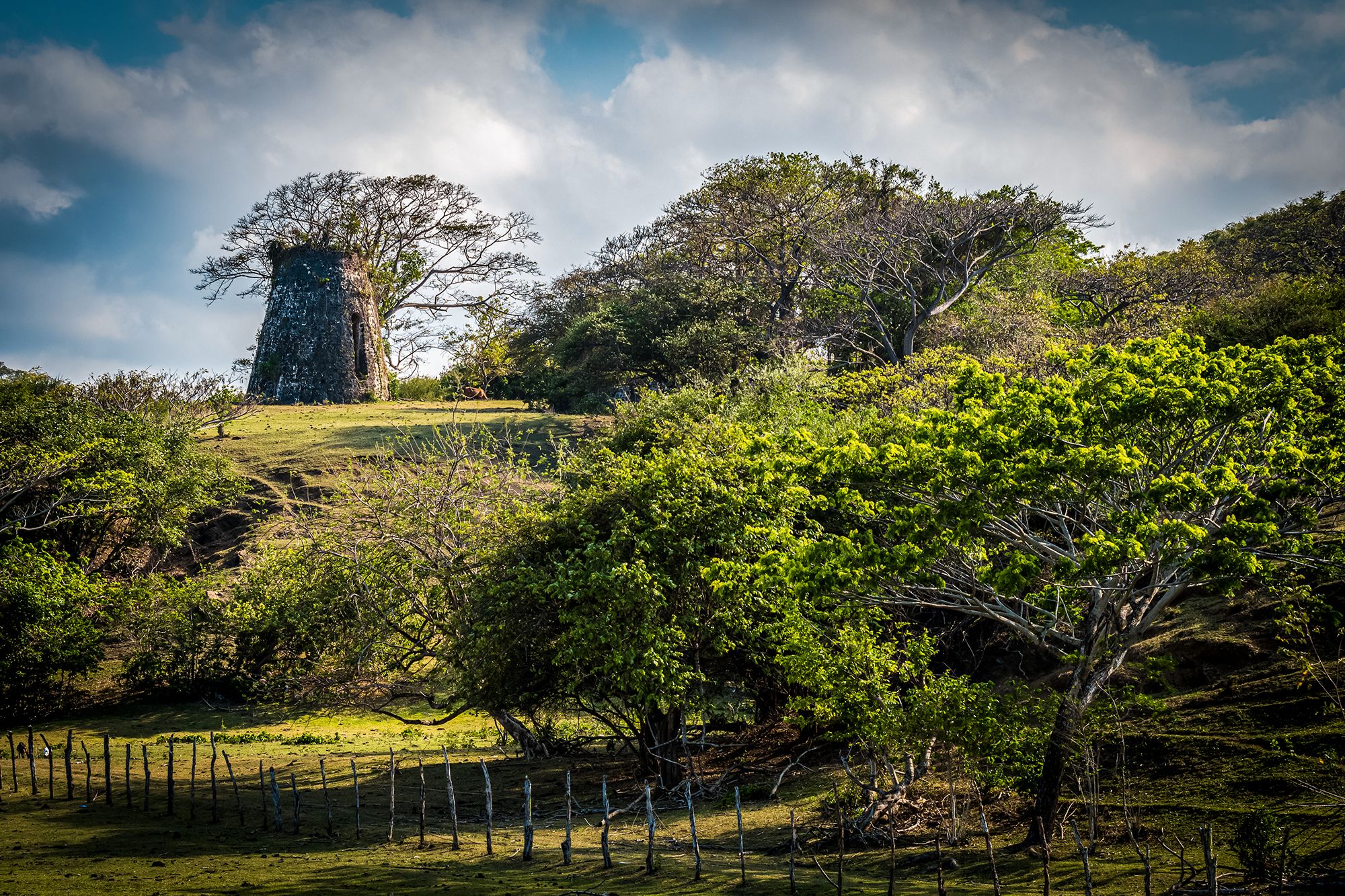
If you’re still in the planning stages of your Jamaica vacation, there are some amazing Jamaica resorts that you can choose from. These include family-friendly Negril resorts and Ocho Rios resorts. Beaches Resorts, for example, is an excellent choice for families who want to explore Jamaica's history. These resorts promise fun times for kids and parents alike with multiple restaurants, unlimited land and water sports, day and night entertainment, plenty of bars including swim-up bars, kids camps, professional nannies, a spa, and so much more! From Beaches Resorts you’ll be perfectly positioned to enjoy some of the exciting things Jamaica is known for, especially its rich history.
Expert tip: A family beach vacation or even a Jamaica honeymoon is a great idea on this island as you’ll have lots of beautiful beaches at your disposal. If a family beach vacation is your pick, then our things to do in Jamaica with kids guide will definitely come in handy!
